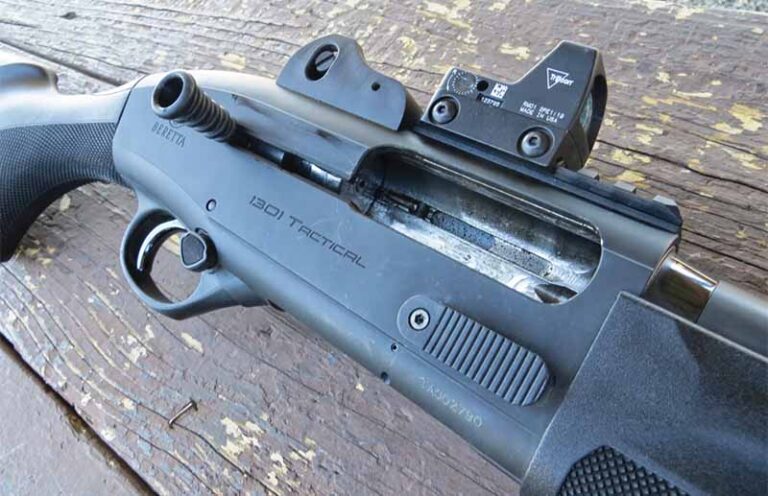
Semi-Automatic shotguns come in numerous makes and models, choosing the right one depends on understanding their operating systems and your personal preferences.
What Are The Best Semi-Auto Shotguns?
Other Great Semi-Auto Shotgun Options:
The turn of the 20th Century must have been an amazing time to be alive. The advent of the electric light, moving pictures, the internal combustion engine and, of course, the semi-auto shotgun. The mind reels at the technological advancement. Particularly the smoothbore.
Not to take anything away from the horseless carriage and illumination at the flick of a switch, but the autoloading scattergun must have been mind-boggling to the folks of the age. Five shots with little more than the pull of a trigger? The devil you say! Two short decades before 1905, shotguns were exclusively single-barrel or side-by-side affairs, complete with external manually cocked hammers. Not exactly the stuff for rapid fire. Moving to an autoloading system was dang near akin to jumping from ox-and-cart to GTO.
No wonder the semi-auto shotgun dominated much of the past century and only continues to get better with time.
Already familiar with this information? You can JUMP AHEAD to our picks for the best semi-auto shotguns.
Why A Semi-Automatic Shotgun
Avoiding the obligatory Why not a semi-auto shotgun? there are some solid logical reasons to consider this type of smoothbore. The two most significant: firepower and ease of use.
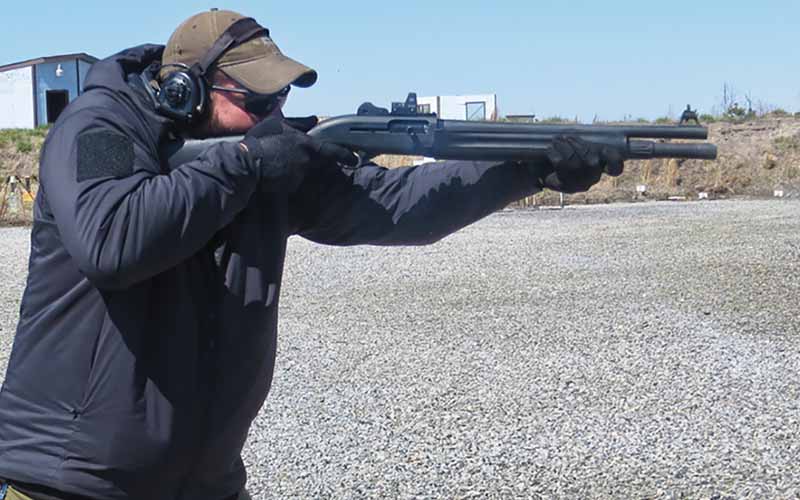
The first is fairly self-explanatory, in most cases, a semi-auto shotgun is capable of delivering more shot downrange in a shorter period of time than anything else. Competitors understand this, with various semi-automatic models—such as the Remington Versa Max Competition Pro—dominating 3-Gun Matches. This advantage translates over to any endeavor you might need to send a mass of pellets on target and quick, from knocking down white wings to protecting hearth and home.
As for ease of use, well, that too is pretty simple to get a handle on. Once you know how to load a semi-automatic shotgun and chamber a shell, the only thing you concern yourself with—barring a malfunction—is aiming and trigger pull. That’s quite a load off the mind—and muscle memory—allowing you to focus on what’s important—hitting the target.
Draw A Bead On Shotguns:
Though, don’t confuse ease of use with a less complex system. Compared to its cousins—the double-barrel shotgun and pump-action shotgun—the semi-auto shotgun is most certainly not a simpler machine. Granted, its operational systems—recoil (inertia) or gas, we’ll get to those in a second—aren’t beyond the grasp of a well-seasoned novice. But they do involve a bit more understanding to troubleshoot, which means dedication to learning exactly what goes on under the hood.
So, what is going on under there?
Recoil Operated Semi-Auto Shotgun
Now dominated by the inertia system, shotguns that cycle via the kinetic energy from a shot being fired have been with us for some time. The semi-auto alluded to at the beginning that got its start around the time light bulbs were becoming a thing, was recoil-operated. In fact, it was an all-time great—John M. Browning’s Auto-5, which ruled semi-auto shotgun sales for the first 60 years of the last century. Though, its operation was much more complex than what we see today.
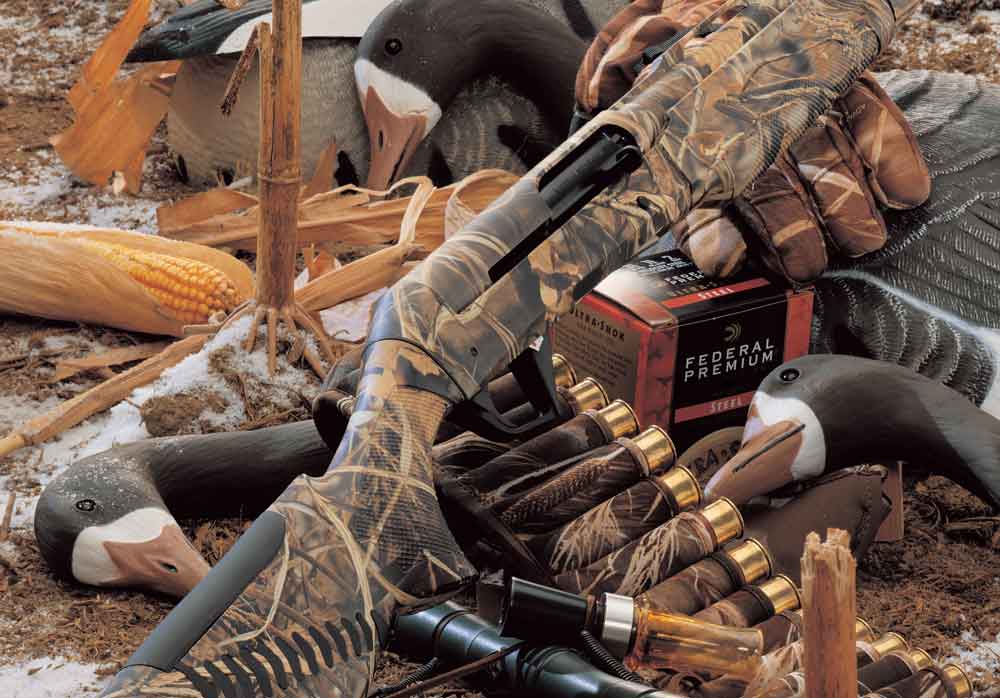
A long-recoil gun, the A-5’s barrel and bolt both moved rearward in unison after a shot, the barrel returning first and ejecting the shell, then the bolt to load a fresh round. After Browning ironed out the initial bugs, the “Humpback”—so-called due to the prominent rear of its action—became renowned for its reliability. Replacing the long-recoil semi-auto is a system that draws upon the same force to cycle the gun, but in a slightly different fashion.
Inertia operated semi-auto shotgun’s bolt carrier and inertia spring float freely in the receiver. When fired, the shotgun as a whole recoils rearward, while these components initially retain their position in a state of inertia. The difference in motion compresses the very stiff spring. The force of the spring decompressing unlocks the bolt head, throws the carrier rearward and cycles the gun.
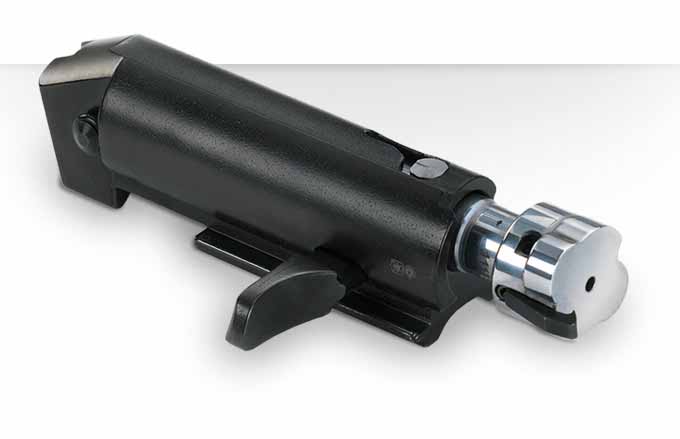
While the system gained popularity with Benelli engineer Bruno Civolani’s improvements of the late 1960s, the system came about soon after Browning’s A-5, developed by Swede Carl Sjögren. Civolani’s design was quite simple, streamlining the operation. Sjögren’s system required a separate weight, while the Italian made the bolt carrier the weight. A small detail, but one that gives inertia semi-auto shotguns one of their most favorable attributes—simplicity.
The Benelli proudly boasts its modern inertia operated shotguns only have three moving parts—bolt head, inertia spring and bolt carrier. In turn, they are easy to maintain and tend to stand up to wear. Waterfowlers love them, given they’ll take all their marshy abuse and still fill a bag.
Inertia guns are also light, which might be good or bad depending on your standpoint. It’s good if you value a nimble field piece you won’t get bogged down carrying all day. The bad of it, light means thump. By and large, the guns generate more felt recoil than gas-operated guns, which can prove problematic for the recoil sensitive and high-volume shooters.
Gas-Operated Semi-Automatic Shotgun
High Standard was the first to cobble together a gas-operated semi-automatic shotgun in the late 1950s, sold by Sears and marketed under the retailer’s J.C. Higgins brand. But for the most part, the development of the system—especially as we know it today—was a Remington affair. And while it came out with a few models prior—Model 58 for example—Big Green’s Model 1100 set the standard of what became the dominant style autoloader of the latter half of the 20th Century. Reliability of what was considered a finicky system up to that point, along with shootiblity are what etched the 1100 into shooter’s hearts.
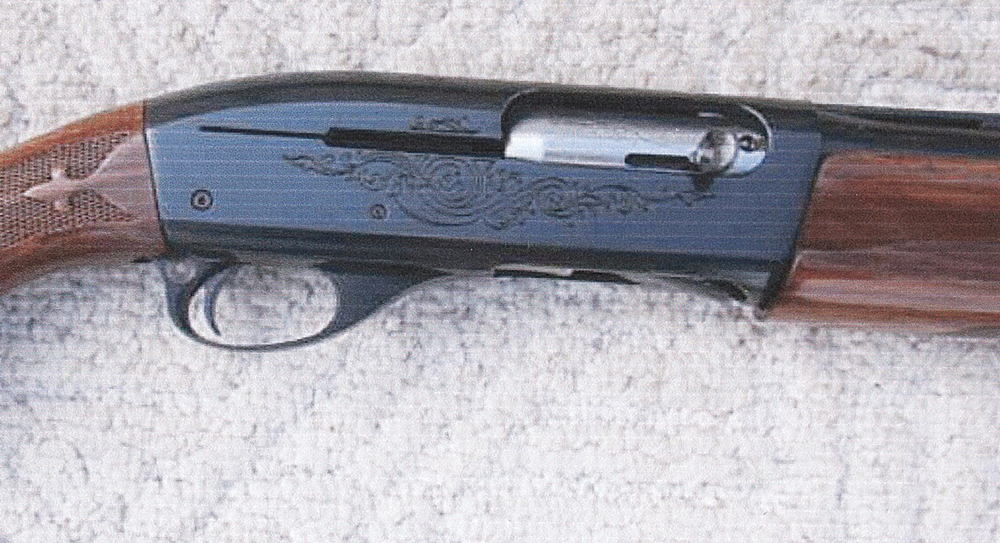
Gas-operated shotguns bled off some of the expanding gas of the deflagrated propellent to cycle the gun. The gas drives a piston(s) reward with it the action bars that subsequently operate the bolt. Out with the old, in with the new, hammer cocked and you’re ready to do it all over again. Simple enough, but it is a slightly more complex system that does overall have more components than inertia guns.
Given this, gas-operated semi-auto shotguns tend to be heftier. This aspect is actually a benefit for many, given the weightier firearms soak up more recoil, thus has built a reputation of being easier to shoot. Trap shooters and the like have gravitated to gas guns exactly for this benefit.
Of course, this can make gas guns more burdensome when you’re on the hoof. On top of that, and compared to inertia guns, they’re dirty. Even if it isn’t the poop where it eats AR rifle situation, gas-operated semi-auto shotguns require regular cleanings, lest carbon fouling, well … fouls everything up.









